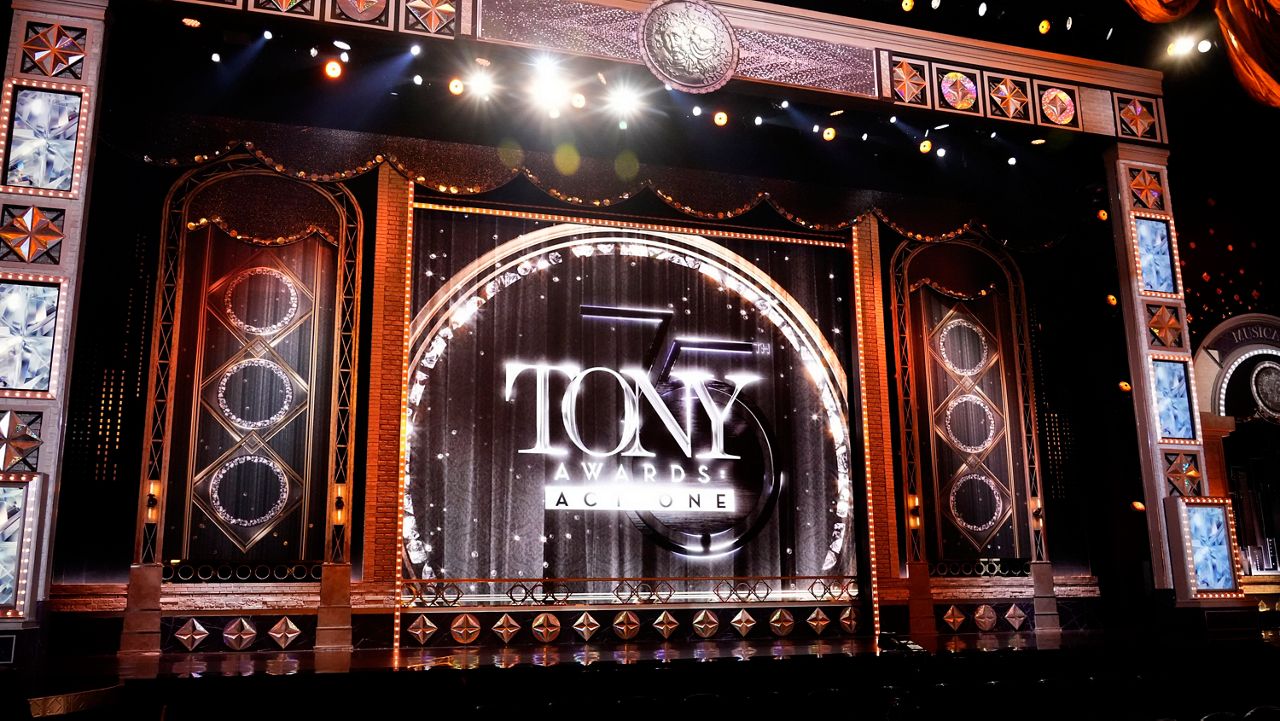Every day, in the heart of the East Village, the keeper of a time capsule waits patiently for the next person to walk through the doors of the 4th Street Photo Gallery.
His name is Alex Harsley.
"I’ve been a time traveler, and I’ve been documenting these time zones. No matter who comes here, there’s something to look at," Harsley said. "They’re stories. It’s like time travel. You look at this, and you back to that time."
The small storefront has been a fixture in the neighborhood since 1972. The photographer has filled every inch of the gallery with his treasured photographs, hanging them with clothespins.
"It represents closure," he explained.
The gallery is an ever-changing exhibit of vintage cameras and about 10,000 images, a visual biography of New York City through the eyes of an artist who was born into a segregated America and came of age during its civil rights movement.
In 1959, Harsley became the first African-American photographer for the Manhattan district attorney's office under Frank Hogan. He's been roaming the five boroughs ever since, taking pictures - even now, at the age of 80. At one point in his long career, he was nicknamed "photography's black gnome."
He's captured the city's lineage of politicians, musicians, street artists, and daily life from the '50s on. His collection spans about 60 years. Harsley guides his guests through each photo's story with delight and wonder.
"This is what it was like during the '80s," he said, pointing to a photograph of a storefront on the wall. "All of the graffiti. All of the color. All of the energy coming out wherever you turn, there was artwork that was confronting you."
It's an aesthetic he said he misses.
"Down here, it's quickly cleaned up," he said.
He'll share remarkable stories, like what boxing legend Muhammed Ali was really like. He has several photos of the boxing great on horseback, chopping wood, and deep in thought hanging on the walls.
"Most people didn't get that close to him to get those type of images because he was really secretive about who he really was," Harsley said.
A large part of Harsley’s New York isn't on the walls. Instead, it's tucked away in storage.
In the '70s, the gallery was also Minority Photographers, Inc., a collective and a salon for artists of color to share their work when they had no other platform.
Old Newsletters offer an inside look at the city's counter-culture past, and old postcards archive photographers' exhibits in the space. Among some celebrated alumni: David Hammons and Cynthia McAdams.
Harsley's daughter, Kendra Krueger, is back in the picture forging the gallery's renaissance.
"How many organizations that are run by people of color in a very community-based way still exists in the city anywhere? The photographs, the newsletters, the cameras, all of that information could easily disappear," she said.
While the gallery is part of the Cooper Square Mutual Housing Association, Krueger says the forces of gentrification have put the space in danger, but they're working to save her father's legacy.
"There's sort of tension of this high-class narrative and development energy that's pushing its narrative into one version of the future, but there's so many versions of the future that can be created in this space," said Krueger.
That's why she started a GoFundMe campaign to help see her father's history into the future of the neighborhood. Together, they're fundraising, developing workshops, and collaborating with other art organizations to bring the gallery back to its heyday.
"New York City saved me. And I’m always paying back New York City by photographing it. There’s so many good beautiful feelings in this town here," Harsley said.
He said he's built an important trove of history, and it's time to make sure it is preserved.







_PKG_OS_Picks_050225_CG)

